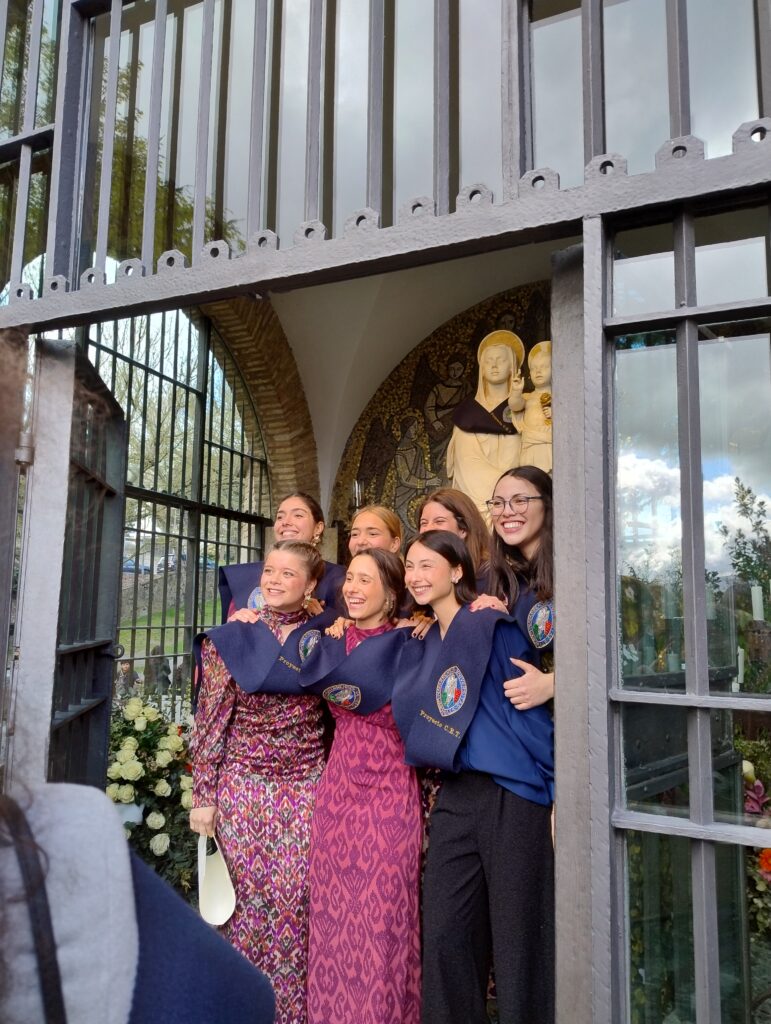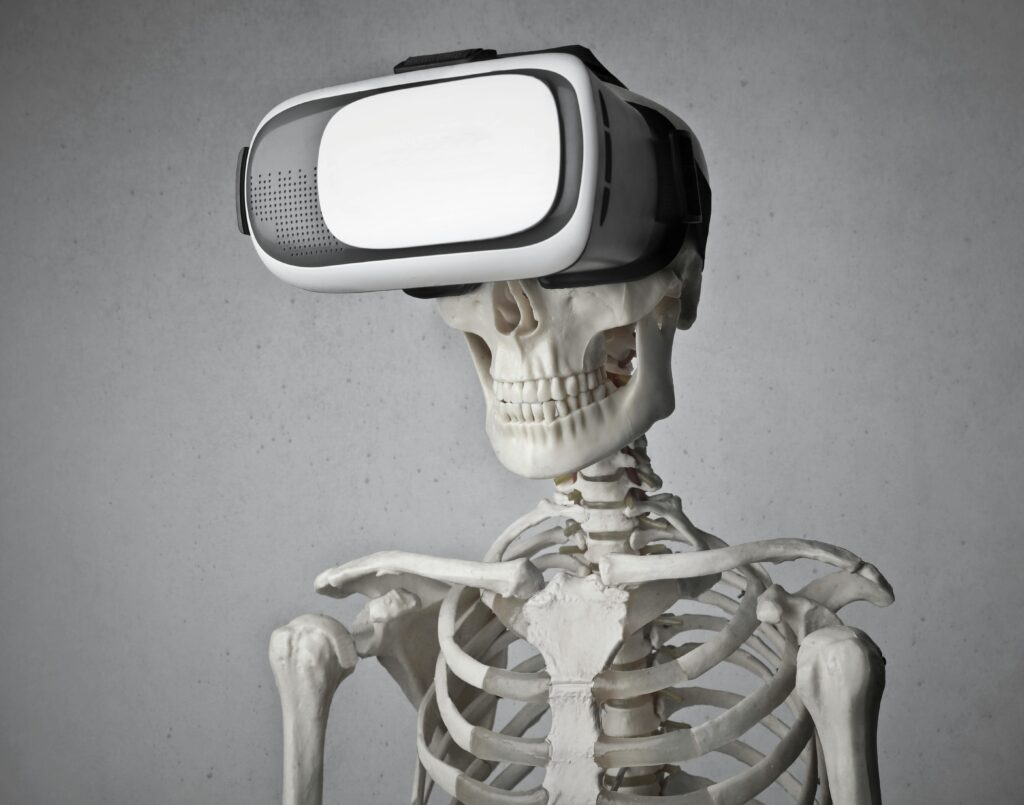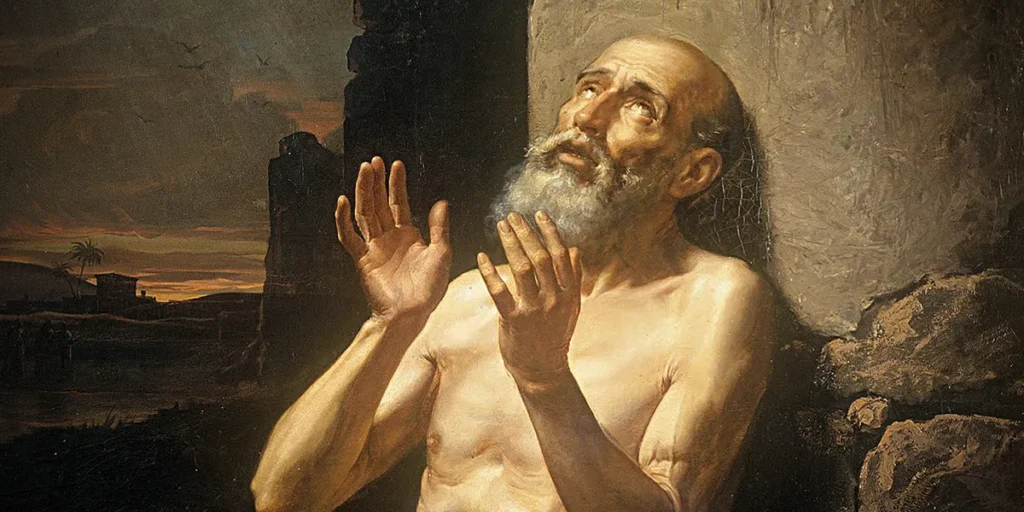Ideals in organizations
The person is the protagonist

Luigino Bruni is a renowned Italian economist who, like Stefano Zamagni and others, develops the so-called civil economy, a proposal of humanistic inspiration in which the person is the protagonist. In his book Creative Destruction. How to Face Crises in Organizations Motivated by Ideals (Madrid, Ciudad Nueva, 2019) he presents a vision of the company and of organizations driven by ideals whose purpose is the realization of services or charismas of a transcendent nature, beyond the achievement of economic benefits. Reading the text has led me to dialogue with the author on two topics: his way of understanding the commercial company and the institutional particularity of organizations motivated by ideals (OMI).
Bruni points out that “life is generated by relationships open to the possibility of relational wounds.” We know this from our own experience. A close personal relationship enriches us and is the source of multiple gratifications that make the soul dance and sing. At the same time, there is no shortage of disagreements, friction, insults, and disappointments. This vulnerability of personal relationships appears in the private sphere as well as in the public space. “As an adult, it is impossible to flourish in the workplace without receiving and giving that risky and vulnerable trust. But the culture of large global companies today seeks the impossible: it wants creativity from its workers, but without accepting the vulnerability of relationships” (p. 34). This desire to avoid vulnerability has led large companies to avoid exposure to the contact of others, eliminating “the places where people live together and collaborate, to create instead decentralized production models where everyone works from home thanks to increasingly sophisticated technologies. Consumers without shops, banking without banks, online schools without teachers or students.”
There are, certainly, very productive and desolate companies at the same time, as Bruni indicates. However, this generalization seems to me to be very inappropriate, since there are small and large companies that also seek to generate good personal relationships with their internal and external clients, to say the least. In the field of business practice, for example, Carlos Llano’s book, Friendship in the Company, is a more focused proposal that advocates the cultivation of true interpersonal relationships between the members of an organization. In this same direction, the anthropological model of the company developed by Professor José Antonio Pérez López draws practical consequences of what it means to consider the company as a community of people, that is, an area in which productive practices are also an opportunity for human flourishing for all the company’s stakeholders.
The robotization that follows when interpersonal relationships and the presence of human beings are abandoned is a reality and a risk, as Bruni indicates. However, this depersonalization manifested in some companies is not due to the fear of contact with human beings, but rather to the desire for control inherent to the bureaucratic rationalist mentality that privileges effectiveness and efficiency. It is not the fear of personal injury, but the desire for results that leads to these depersonalized automation processes. And just as robotization occurs, there is also a tendency within companies to get closer to people, whether they are external or internal clients. The figure of “personalized service,” even when it is not completely complete, bears the stamp of nostalgia for closeness, impact and physical contact. Can the company deteriorate the human being? Yes, but the company can also be the community where human beings continue their personal growth. In other words, the company is not condemned to be an existential desert, as Bruni seems to suggest.
Bruni indicates that “workers with intrinsic motivations have two main characteristics in their motivation. On the one hand, the economic incentives of the theory of business management motivate them little; and they respond little or not at all to the external sound of the enchanting flute, since they prefer to listen to other internal melodies. At the same time, they are infinitely sensitive to the ideal dimensions of the organization they have founded or in which they work for reasons not only economic, but of identity, ideals and vocation” (p. 45). Indeed, the reasons why a person works in the company are many. There are those who only seek the economic incentive, there are those who desire learning and challenges; there are also those who are moved by the desire to serve that they find in the external mission of that organization.
Bruni calls intrinsic motivations what Pérez López calls transcendent motives. I find the view of the anthropological model, of the motivations of the latter, more complete. Ideals can be present in the collaborators of commercial companies. The various motives coexist in the same person, in such a way that the ideal of attending to the water needs of a population or contributing to the strengthening of the families of workers is compatible with generating an economic income, obtaining professional training and bringing water or giving the appropriate training. This shows that it is not necessary to dedicate oneself only to a charitable organization to achieve valuable goals. Noble ideals can be found in any type of company, whether it is commercial or non-profit in nature. Commercial companies also have a soul, although the risk of putting it to sleep or losing it is great. It is the risk inherent to all human enterprise.
There is a second type of institutions to which our author refers. They are “entities that flourish motivated by an ideal: those that are born from the beginning as organizations and those that become organizations after having been born as a movement. In the first, which we have called organizations motivated by an ideal (OMI), their flourishing and duration clearly depends on the capacity to create good structures, works and solid, light and efficient organizations. In these, if the founders’ project does not become a work, everything ends with the generation of the promoters. However, in the entities that are born as a movement and charisma, exactly the opposite occurs: the charismatic movement declines if, once converted into an organization, it is not capable of continually being reborn as a movement, bravely renewing and dismantling the organizational forms it has generated and setting out again for new lands. Creative destruction” (pp. 92-93).
The author knows these types of institutions from within and moves like a fish in water in them. He is concerned that they become reified and end up blinding the sources of their own charisma, due to excess bureaucracy, fear of change or because they have become out of step with the vital rhythm of society. The way out of stagnation is reform: let young and prophetic blood take on the renewal. Let the yeast-like people rejuvenate the institution.
Bruni is, without a doubt, suggestive and proactive. I thank him for the dialogue he has led me to clarify my way of thinking about the company, with the coincidences and friendly disagreements exposed.
 (EN)
(EN)
 (ES)
(ES)
 (IT)
(IT)





